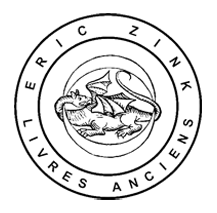

Alchemy
2500 €
1750 €
1250 €
3500 €
1750 €
1750 €
1500 €
1200 €
Sold
1500 €
3500 €
Sold
900 €
2500 €
2500 €
5000 €
2500 €
7500 €
850 €
600 €
1350 €
950 €
1350 €
2200 €
200 €
400 €
2000 €
1750 €
9000 €
1800 €
European VAT number: FR87515091171
© Eric Zink, Antiquarian Bookseller









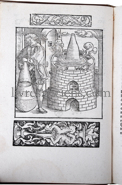
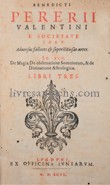









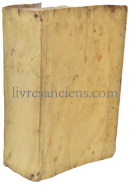




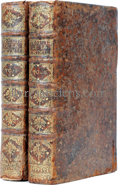



![Photo [BELIN, Albert].](https://images.livresanciens.com/livres/1041/images/P1.jpg
)





![Photo [REIBEHAND, Christophe].](https://images.livresanciens.com/livres/202878/images/P4.jpg
)
![Photo [ALARY, François].](https://images.livresanciens.com/livres/1923/images/P1.jpg
)
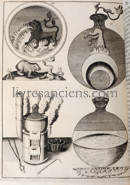
![Photo [SENDIVOGIUS, Michel].](https://images.livresanciens.com/livres/203270/images/P9.jpg
)